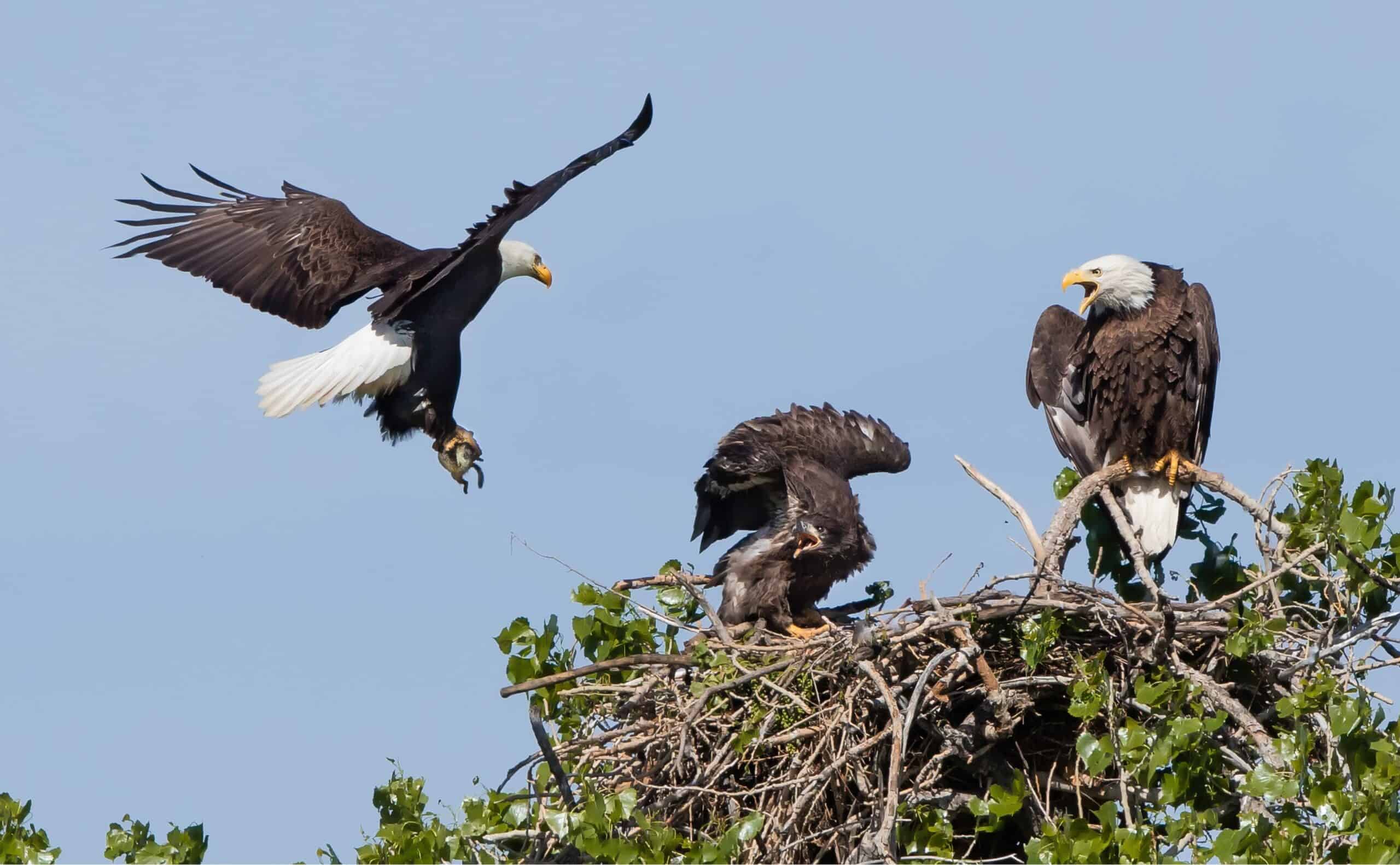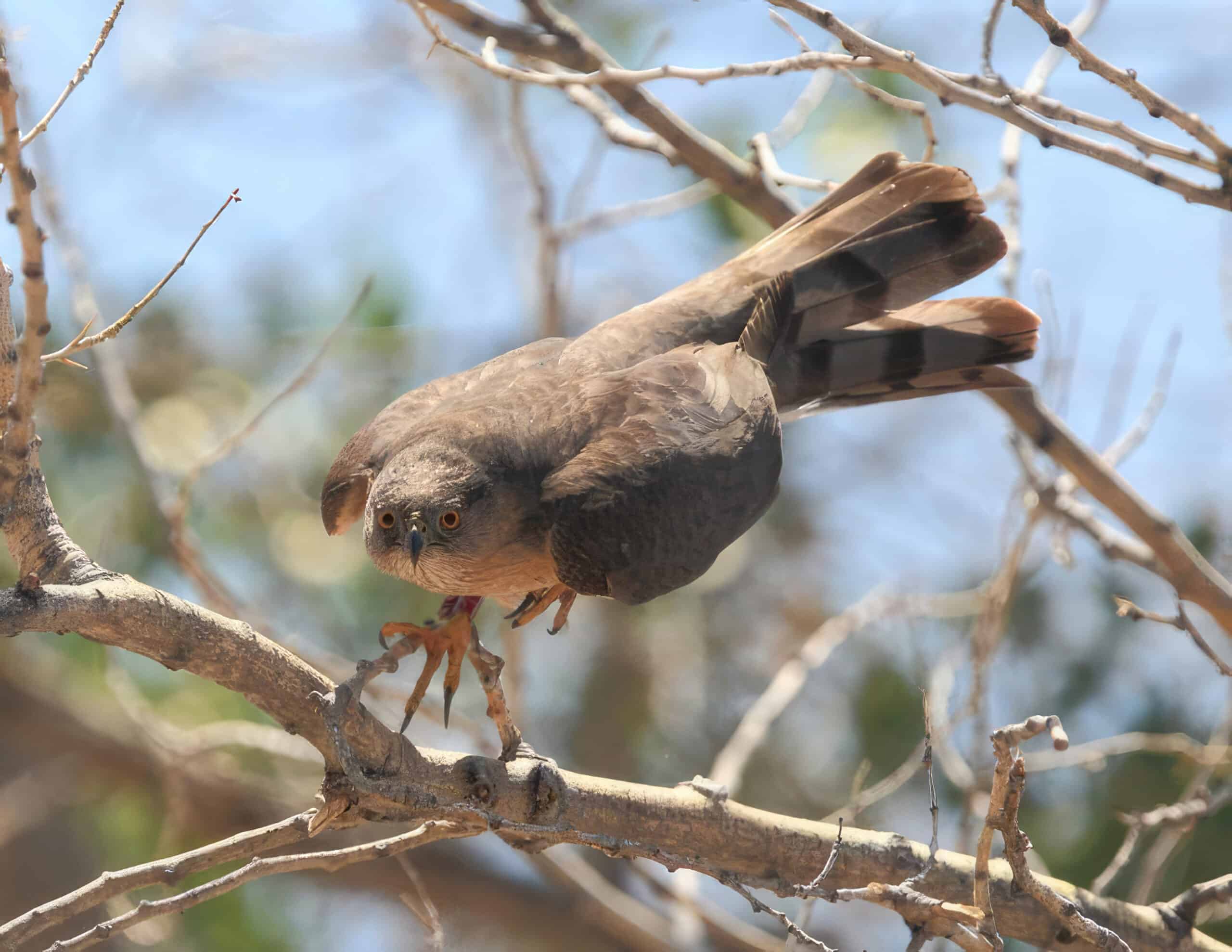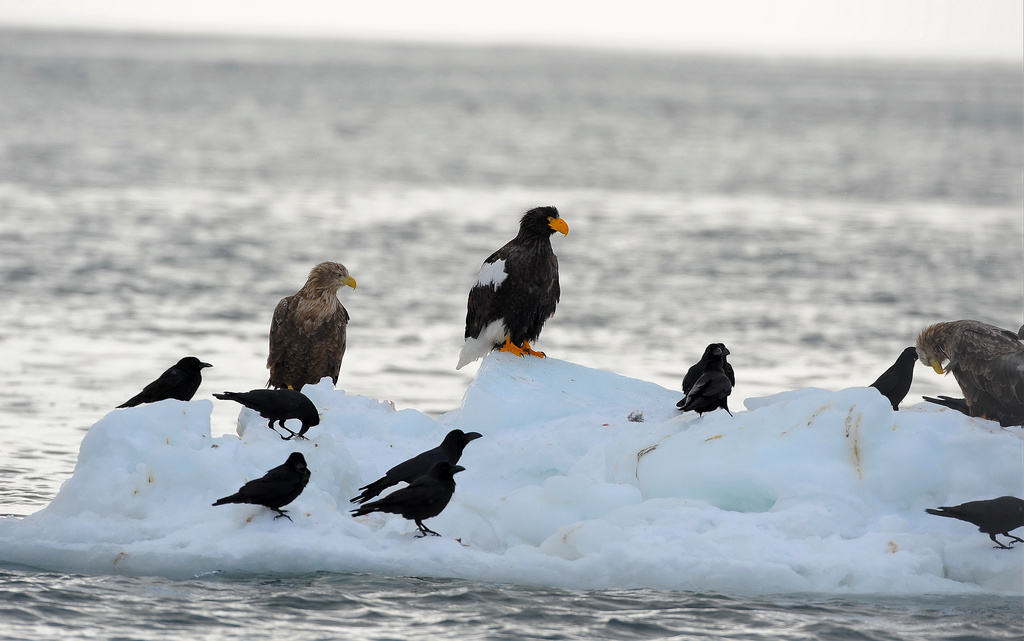Share this article
Wildlife Featured in this article
- Black-tailed prairie dog
- Ferruginous hawk
- Golden eagle
- Bald eagle
Raptors prey on prairie dogs in the winter
Prairie dogs are a reliable food source, but plague is making them less consistent
Raptors take advantage of plentiful black-tailed prairie dogs as they search for food along their winter migration routes, but plague and habitat loss are making the prey harder to come by.
“They’re losing a reliable food source, which potentially means they’re going to have to move more across the landscape,” said Courtney Duchardt, an associate professor at Oklahoma State University who has been studying prairie dogs for 10 years.
In a study published in the Journal of Raptor Research, she and her colleagues delved into a dataset collected between 1998 and 2002 in the Southern and Central Great Plains to find out what interactions the ecosystem engineers were having with bird species.
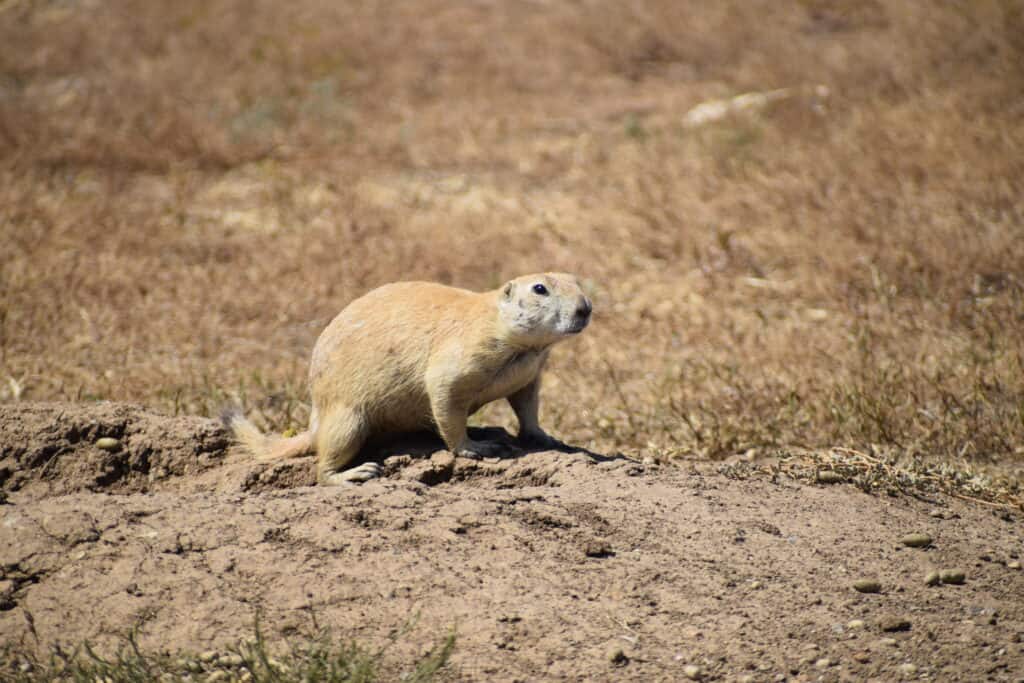
Researchers knew that some raptors, like ferruginous hawks (Buteo regalis) and golden eagles (Aquila chrysaetos), prey on black-tailed prairie dogs (Cynomys ludovicianus), but Duchardt and her colleagues found some surprising raptors were likely using a diet of prairie dogs to sustain themselves through the winter.
“In winter, [raptors] are going to be more flexible,” she said. “I think that’s probably why we saw a fairly strong effect, because in winter you just need food. You’re not as worried about your breeding habitat or your nesting habitat.”
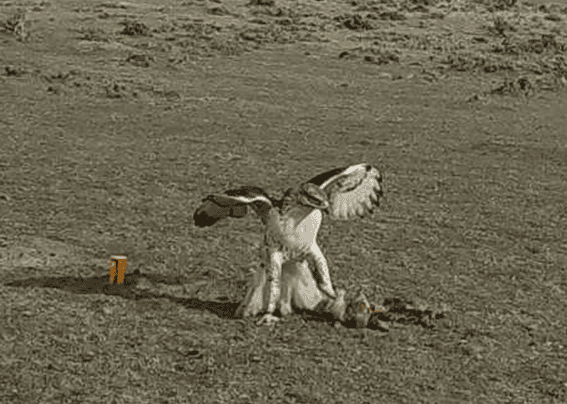
Bald eagles (Haliaeetus leucocephalus), which typically breed in riparian, tree-covered areas where prairie dogs are scarce, turned to the species as they wintered in the Great Plains. So did rough-legged hawks (B. lagopus), which breed in northern Canada but winter in the U.S.
“If you’re a predator, knowing where your food is and having that be predictable is great,” Duchardt said. “And all of those are true with prairie dogs.”
But Duchardt said that the opportunistic food resource might have once been even more abundant. Now, prairie dog populations have declined due to plague infections and the loss of grassland habitat.
“Obviously, there are other food resources, but this is a static and consistent diurnal food resource that doesn’t hibernate,” she said. “That is fairly rare.”
Header Image: An adult bald eagle delivers a prairie dog to a nest near Boulder, Colorado. Credit: Dana Bove



